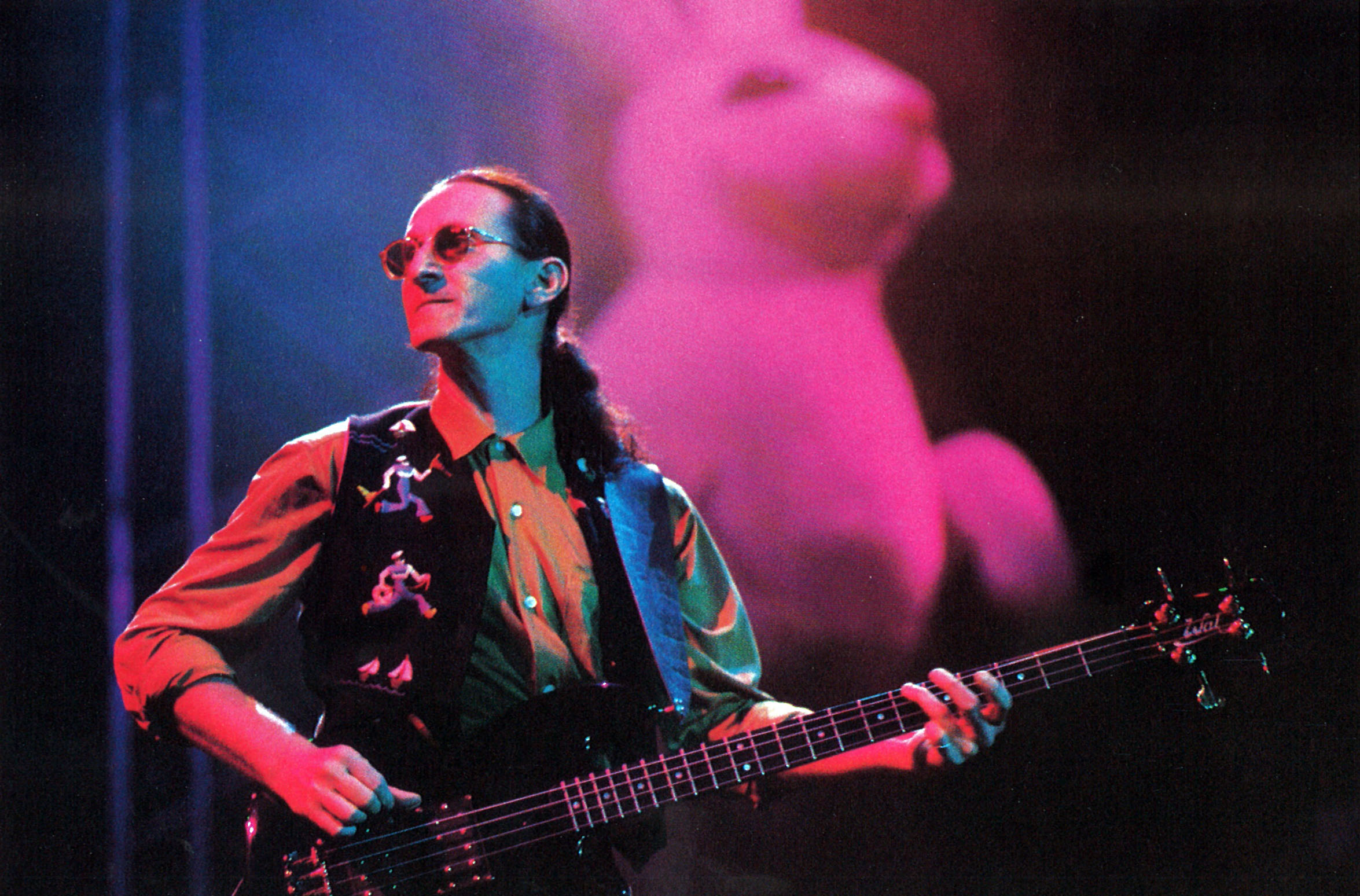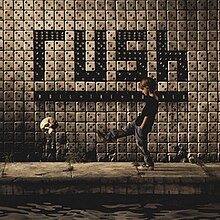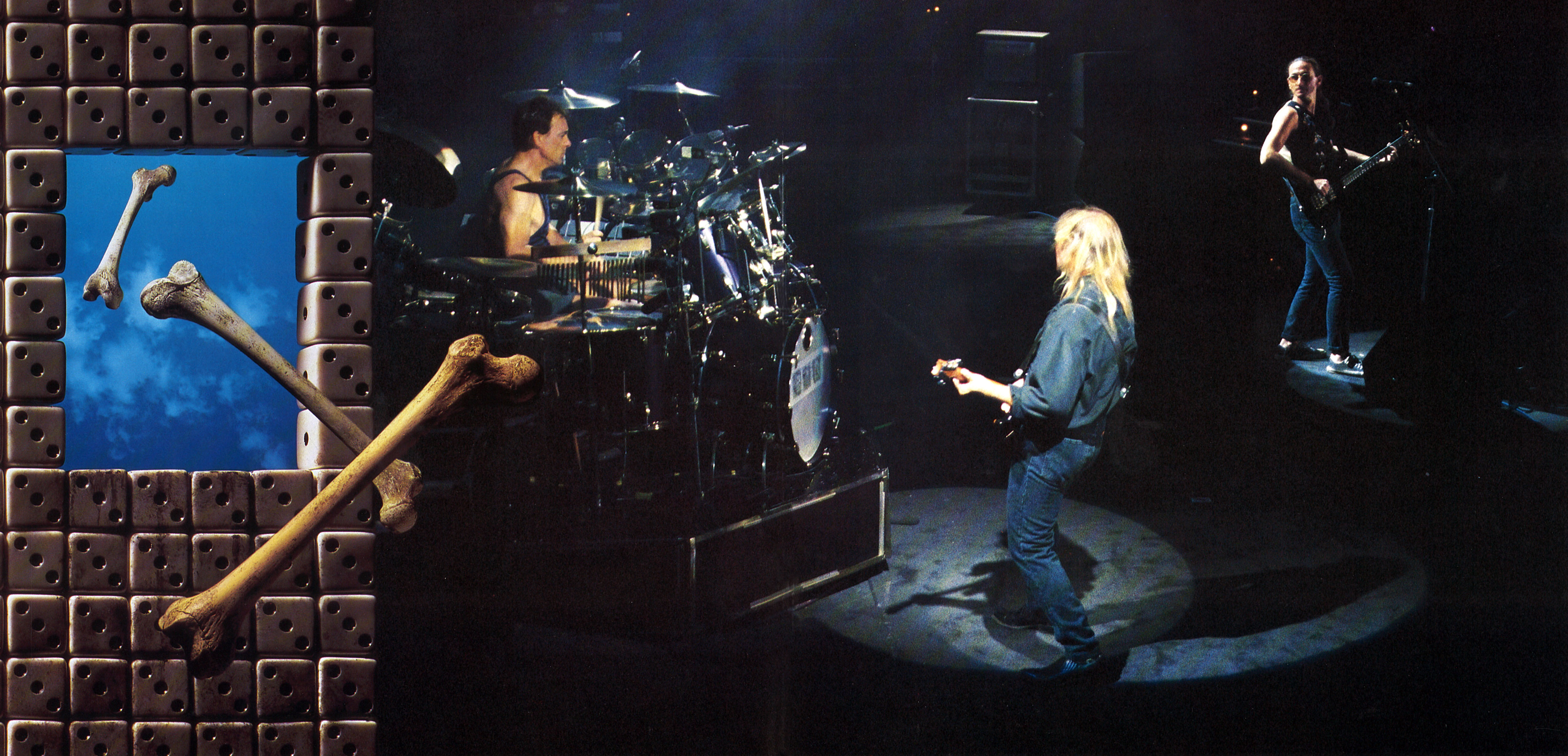Immortal for A Limited Time
 A new decade, and a new chance for Rush to prove themselves in the music landscape. The year is 1991, a massive year for hard rock and metal bands, both new and old. Given the massive flux of successful and influences releases that were released in 1991, Rush were put in the unenviable position of having to at least match up to the new titans of the music industry. Would Rush be able to deliver their signature high quality of songwriting and musicianship into this new alt rock scene?After two consecutive weak releases at the end of the eighties, one might not be blamed for going into “Roll The Bones” with skepticism. Furthermore, Reading forums and Youtube videos about the album only compound matters for new listeners, with some saying this is one of the worst albums the trio unleashed in their lengthy career. In reality, a lot of that vitriolic attitude is both earned and unearned on "Roll The Bones."
A new decade, and a new chance for Rush to prove themselves in the music landscape. The year is 1991, a massive year for hard rock and metal bands, both new and old. Given the massive flux of successful and influences releases that were released in 1991, Rush were put in the unenviable position of having to at least match up to the new titans of the music industry. Would Rush be able to deliver their signature high quality of songwriting and musicianship into this new alt rock scene?After two consecutive weak releases at the end of the eighties, one might not be blamed for going into “Roll The Bones” with skepticism. Furthermore, Reading forums and Youtube videos about the album only compound matters for new listeners, with some saying this is one of the worst albums the trio unleashed in their lengthy career. In reality, a lot of that vitriolic attitude is both earned and unearned on "Roll The Bones."
Opening off with “Dreamline”, what immediately jumps at the listener is that this album gained back the crucial ingredient that was missing on “Hold Your Fire” and “Presto”: energy. “Dreamline” relays a powerful message about the power of youthful energy, how that drive will not be quenched, how that fire is so powerful it can reach the stars. The guitar is fierce, the drumming is intricate and pounding, and Geddy’s vocals are soulful and soaring, everything that made early Rush albums great and was lacking in the two releases before “Roll Your Bones”. A very underrated opening track and, in my view, one of Rush’s best openings. Interestingly, when the track was performed years later on their Clockwork Angels Tour, it was dedicated to legendary astronaut Neil Armstrong, who passed away a month before the tour began in 2012, so this retroactively gives the idea of passion and reaching the stars a figurative and literal meaning.
This energy that the opening track presents is continued with “Bravado”, a more laid back, slightly Pink Floyd influenced track, and a morose contrast to “Dreamline”. As the title implies, it’s a song about the dangers of pride, of having bravado about yourself. The result of this bravado is sacrificing everything that you hold valuable, and tragically all of that sacrifice is in vain. Morose attitudes and the warnings of the future permeate this album, with tracks such as “Ghost of a Chance” and “Neurotica”, touching on anxiety and lost opportunities. Even the relatively hopeful tracks on the record have a melancholic undertone to their presentation, such as “Heresy”. A track about the fall of the Berlin Wall, it opens with a hopeful presentation to the subject matter, but there is also an underlying sadness to the track, a lament about how the decades under Communist rule have been a waste, and that it will be hard to regain this lost era.

Despite these slight improvements and solid songwriting, “Roll The Bones” is still not the best “return to form” for Rush after back to back weak albums. First, it suffers from the same production problems that plagued “Presto”, with very thin guitars, bass, and drums that don’t sound powerful in the slightest. Furthermore, a fair amount of weak tracks plague this record, such as the final track “You Bet Your Life” being a weak ending to this album. Though these weak tracks pale in comparison to the title track. Three words: Geddy Lee rapping. While not the worst implementation of hip hop into rock music, it’s definitely jarring...and thank god Neil Peart doesn’t write for hip hop artists. Aside from the rapping, “Roll the Bones” really comes off as backwash from the previous decade, with some garrish implementation of synthesizers to boot. While not the worst song in Rush’s catalog (nothing can beat “Tai Shan” in that department), it’s definitely a jarring experience. As a whole, “Roll the Bones” is a prime example of a band going two steps forward, and three steps back. While previous albums at least showcased the band advancing their sound, this is definitely a case where the band is in a “comfort zone” kind of environment. Solid songwriting for sure, but not a defining moment of their storied career.

With all that said and done, Rush entered the nineties fairly strongly, albeit in an unexceptional fashion. Luckily, a change in producers was around the corner, and the goal of returning to the guitar centered Rush of old was about to be achieved.




Comments
Post a Comment